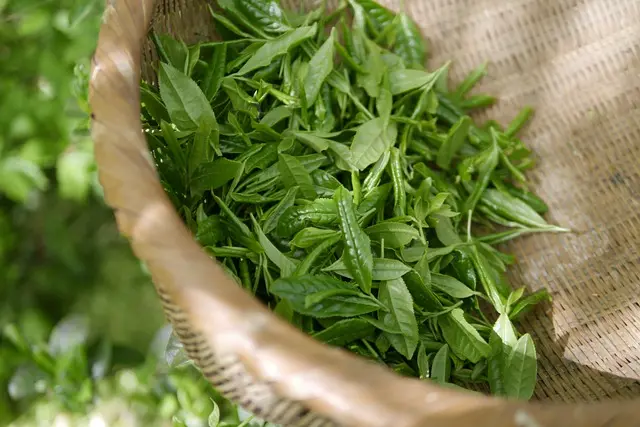
Citric acid (E330) is one of the most used additives in the food industry. The usage area is not only the food industry. It is used in a wide range of industries such as the pharmaceutical industry, the cleaning industry, and the cosmetics industry. So what is this citric acid? Which products are used in the food industry? What does it do? Let’s see together.
What is Citric Acid?
Citric acid is colorless and crystalline. It is coded with the code E330. It is popularly known as lemon salt. There is a misconception that it is salt. Citric acid (E330) is an organic acid found naturally in many fruits and vegetables. It is found naturally in products such as sour fruits, kiwi, strawberries, and lemons. In its natural state, it is mostly found in lemons.
The purpose of use in foods is to have acidity regulator and preservative properties. It aims to reduce the number of bacteria by reducing the pH value in foods used as an acid regulator. In foods used for preservative purposes, it aims to extend the shelf life of the products.
There are two methods for obtaining citric acid. It can be obtained primarily from fruits and vegetables. It is the most used lemon. This method requires a long time and cost. The second method is used more commercially. In this method, Aspergillus niger mold is used to ferment molasses. Molasses is a by-product of sugar production from sugar beets.
The areas of use in the food industry are very wide. Canned vegetables, sauces, fruit products, frozen products, jams and marmalades, instant soups, biscuits…
E330 is one of the additives allowed to be used. Since it is a natural additive, it is not harmful to health if used in necessary and sufficient amounts. It has been stated that excessive use can cause allergic reactions.






